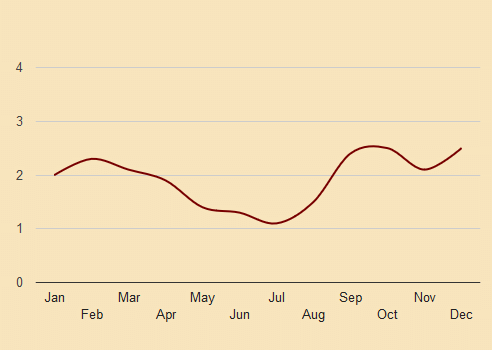Bari, Italy Weather and Climate
Bari, Italy
Bari is located on the Adriatic sea and is the capital of Italy's Puglia region. Boats from Bari (as well as nearby Brindisi) leave for Greece and the Greek Islands.
Bari has a wonderful old historic center for tourists to discover, featuring a Swabian Castle and the Cathedral of San Sabino as well as the Basilica of Saint Nicholas, the patron saint of Bari. Nearby are the Truli, Puglia's traditional conical roof stone buildings.
Bari winters are mild, it's cool and wet November through February. Summers are are hot with less rainfall, a typical Mediterranean climate.
Bari's large festival is held at the start of May, when the weather is historically quite nice. the Festival of the Translation of the Relics, celebrates the arrival of St. Nicholas' bones from Myrna on May 9th, 1087.
Best Times to Go to Bari, Italy
May and June are very good times to visit Bari. Of course, if Bari is your stopping off point for your ferry transport to Greece, you'll likely arrive in summer, when you can expect very high daytime temperatures, with only slight cooling at night. You'll want air conditioning in your hotel.
Avoid November through January, when the chances of rain increase slightly and the weather becomes cool and often bleak.
Bari Historic Temperatures and Precipitation
The climate charts below show the historic high and low temperatures and average monthly rainfall for Bari, Italy.
Current Weather
BARI WEATHERYearly Temperature Chart

Yearly Precipitation Chart
